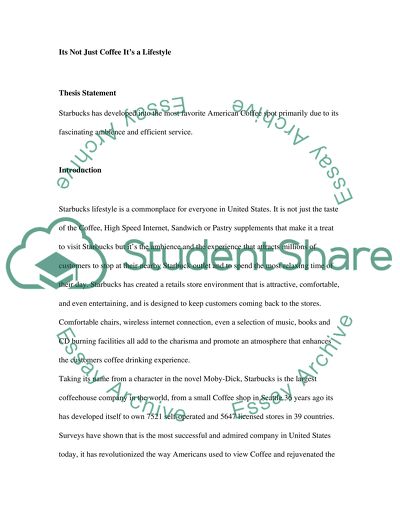Cite this document
(“The company brand - Starbucks Case Study Example | Topics and Well Written Essays - 2500 words”, n.d.)
The company brand - Starbucks Case Study Example | Topics and Well Written Essays - 2500 words. Retrieved from https://studentshare.org/miscellaneous/1534780-the-company-brand-starbucks
The company brand - Starbucks Case Study Example | Topics and Well Written Essays - 2500 words. Retrieved from https://studentshare.org/miscellaneous/1534780-the-company-brand-starbucks
(The Company Brand - Starbucks Case Study Example | Topics and Well Written Essays - 2500 Words)
The Company Brand - Starbucks Case Study Example | Topics and Well Written Essays - 2500 Words. https://studentshare.org/miscellaneous/1534780-the-company-brand-starbucks.
The Company Brand - Starbucks Case Study Example | Topics and Well Written Essays - 2500 Words. https://studentshare.org/miscellaneous/1534780-the-company-brand-starbucks.
“The Company Brand - Starbucks Case Study Example | Topics and Well Written Essays - 2500 Words”, n.d. https://studentshare.org/miscellaneous/1534780-the-company-brand-starbucks.


